Timing for Effective Forestry Mulching
Spring is ideal for forestry mulchings as it promotes healthy growth and prepares the land for the upcoming growing season.
Fall offers cooler temperatures and increased moisture, which can enhance mulch decomposition and soil stabilization.
Timing should avoid periods of extreme heat or cold to prevent stress on vegetation and equipment.
Mulching after harvesting activities helps control erosion and manage residual debris efficiently.

Heavy machinery performing mulchings across a forested area.

A landscape showing freshly mulched forest area.
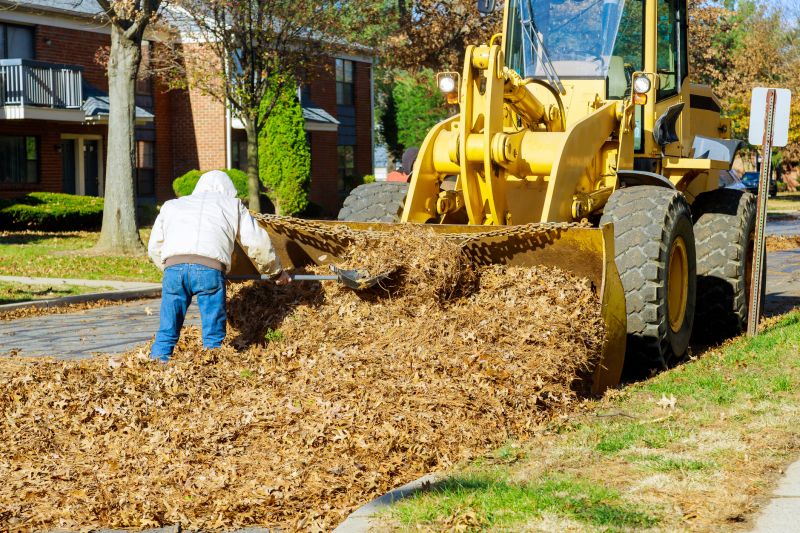
Different seasonal scenes of forestry mulchings being carried out.

Ways to make Forestry Mulchings work in tight or awkward layouts.
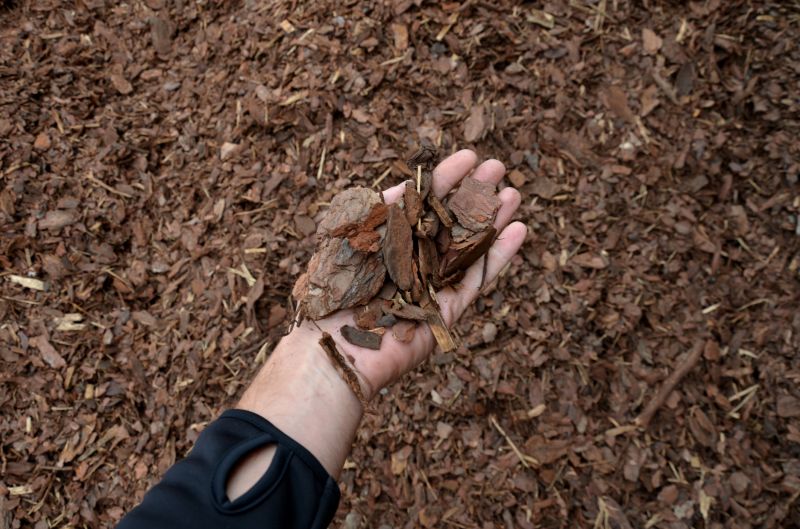
Popular materials for Forestry Mulchings and why they hold up over time.
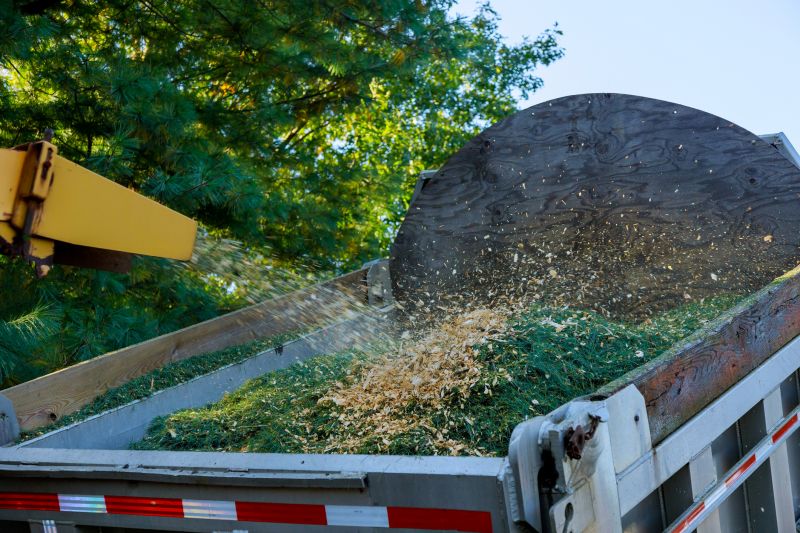
Simple add-ons that improve Forestry Mulchings without blowing the budget.
| Season | Optimal Timing |
|---|---|
| Spring | Ideal for promoting growth and soil preparation. |
| Summer | Less recommended due to heat stress and dry conditions. |
| Fall | Suitable for erosion control and soil stabilization. |
| Winter | Generally avoided due to cold temperatures and frozen ground. |
| Post-Harvest | Effective for debris management and land restoration. |
Forestry mulchings involve the use of specialized equipment to shred and spread vegetation, creating a protective layer over the soil. This process helps reduce erosion, improve soil quality, and manage overgrown areas efficiently. Proper timing is crucial to maximize these benefits, ensuring that mulchings are performed when conditions favor plant health and soil stability.
Statistics indicate that performing mulchings during optimal seasons can increase vegetation growth rates by up to 20% and reduce soil erosion incidents significantly. The effectiveness of forestry mulchings depends on precise timing aligned with seasonal weather patterns, soil moisture levels, and vegetation cycles.
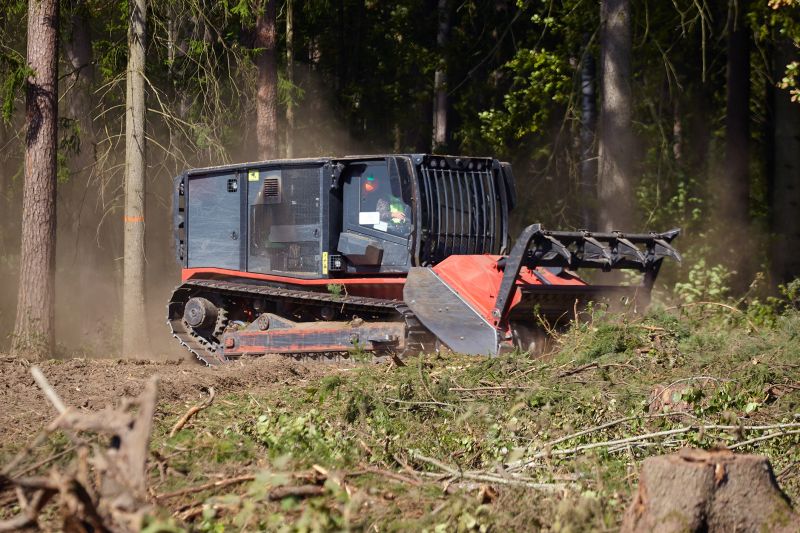
A forestry mulching machine operating in a wooded area.

A landscape showing the before and after effects of mulchings.
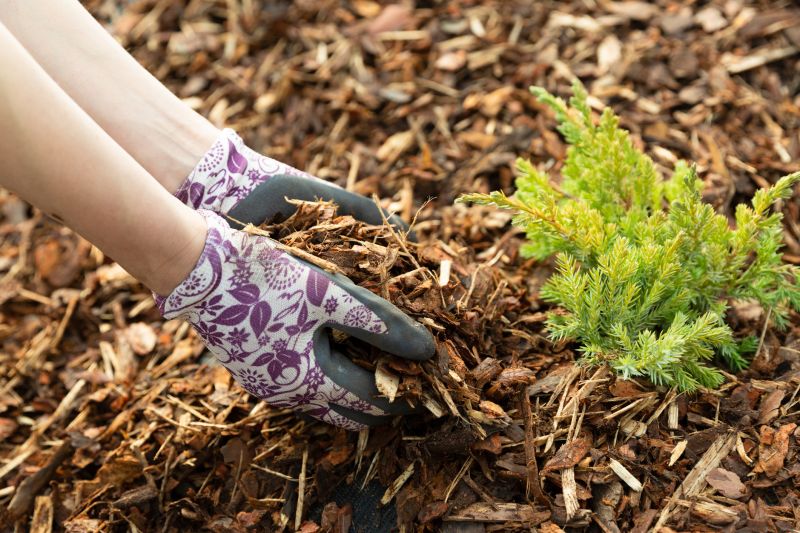
Workers performing mulchings in different seasons.
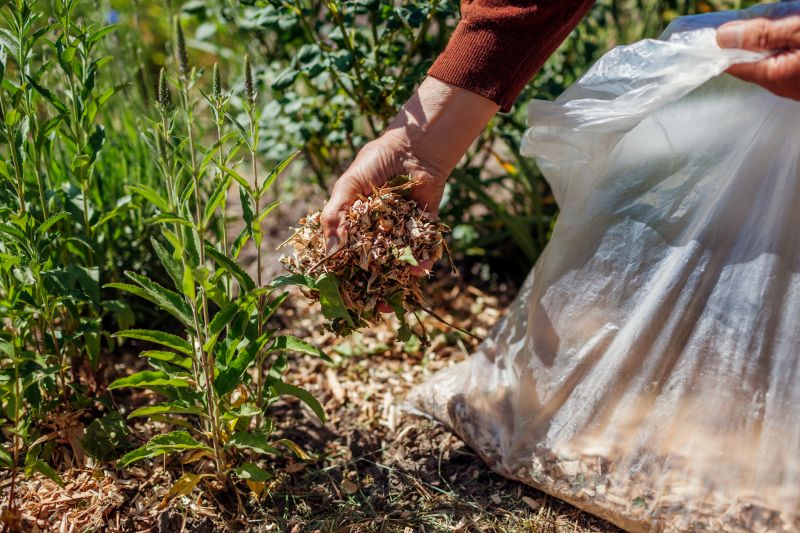
Mulching aiding in forest regeneration efforts.
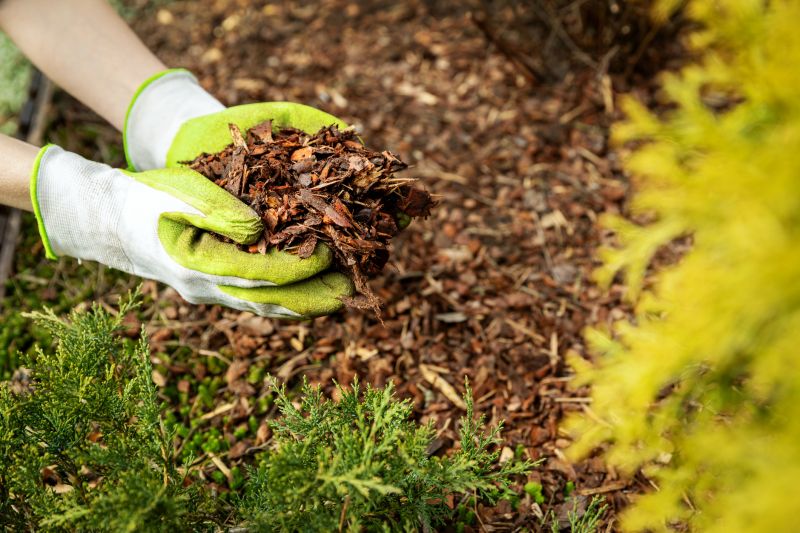
High-end options that actually feel worth it for Forestry Mulchings.
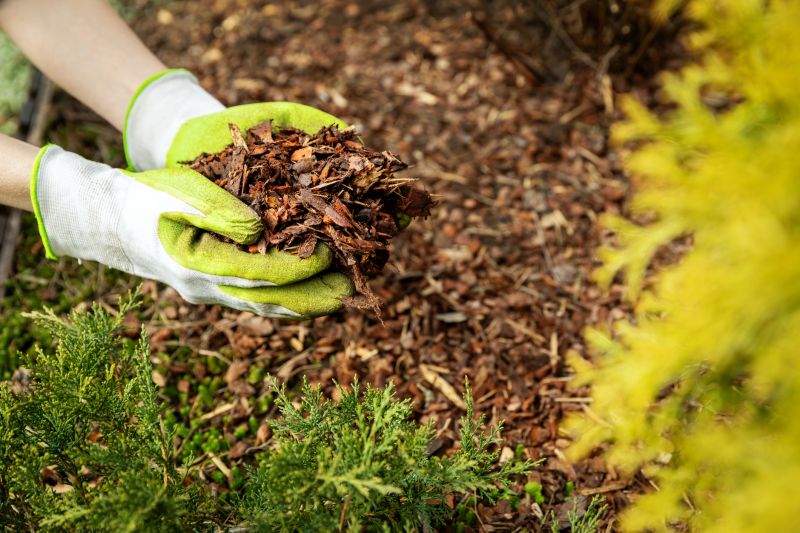
Finishes and colors that play nicely with Forestry Mulchings.

Little measurements that prevent headaches on Forestry Mulchings day.
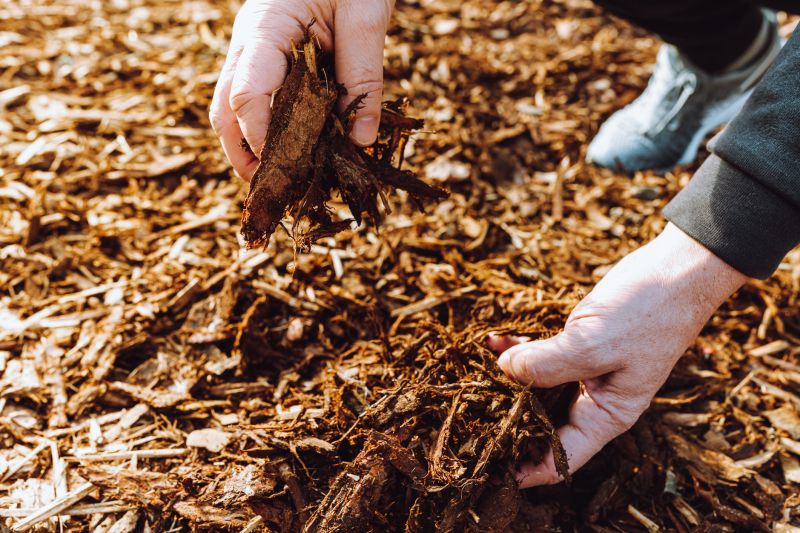
A 60-second routine that keeps Forestry Mulchings looking new.
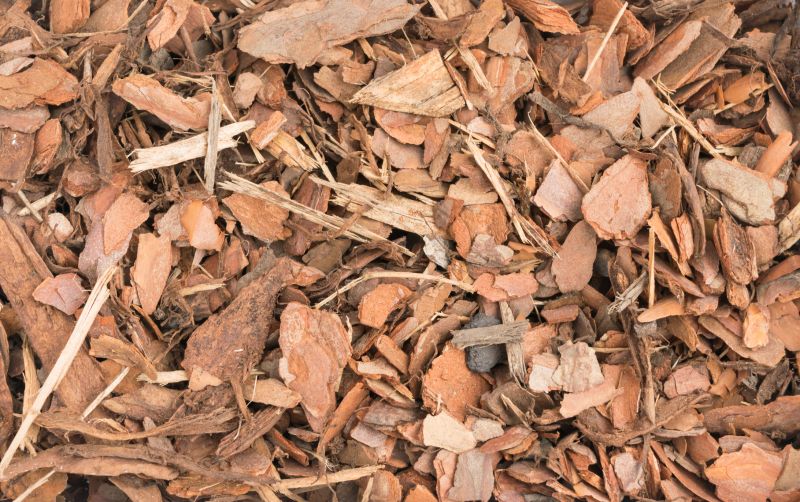
A frequent mistake in Forestry Mulchings and how to dodge it.

Small tweaks to make Forestry Mulchings safer and easier to use.

Lower-waste or water-saving choices for Forestry Mulchings.
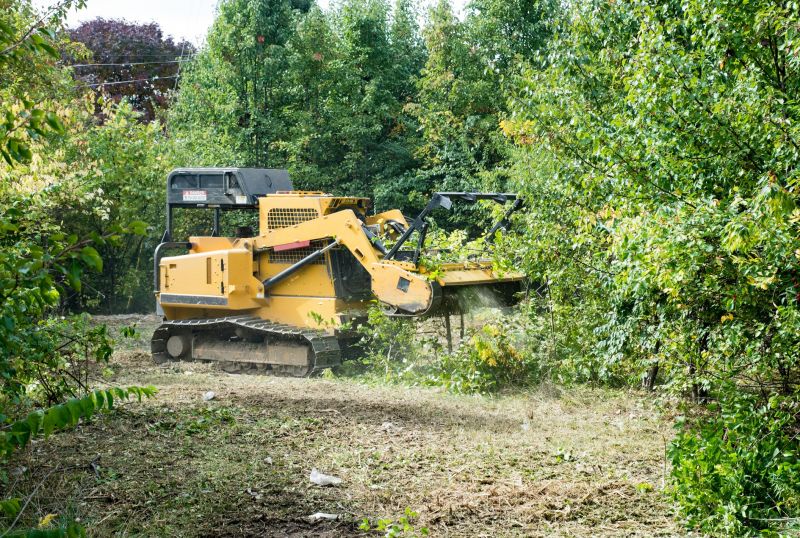
The short, realistic tool list for quality Forestry Mulchings.
Individuals interested in forestry mulchings are encouraged to contact for more information. Proper timing and techniques can greatly enhance land management projects, promoting healthy growth and reducing erosion risks.
